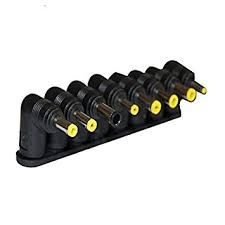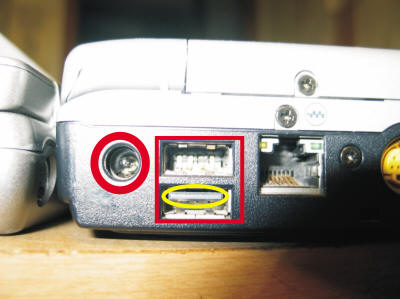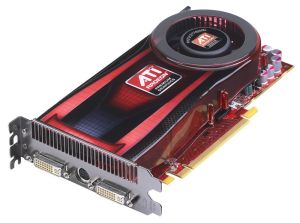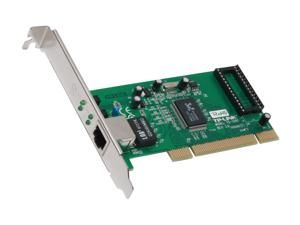Opinions, suggestions, recommendations or ideas found on our site are applied at your own risk. More.
Ports and Slots (101)
Ports and slots are simply connections on and within a computer. Over the years many have become obsolete and replaced by newer versions, but along the way there have also been competing connections.
The term port is used a couple different ways:
- Hardware (physical) connections such as power, USB and monitor connections.
- Logical ports do not physically exist rather they are simply a number used by the network for access.
Port - Hardware
Audio
![]()
Like many ports, audio has a variety of connections. Above are the common and still most popular where the green is the speaker output, blue is line-in and pink is for a microphone. Line in is similar to microphone but rather than a mic, you may connect the output of another device such as a tape recorder (remember those?) - Ha!
The speaker connection had a couple of flavors. Analog (green shown above) or black for digital or surround sound system. They are not interchangable.
Parallel
![]()
Almost exclusively used for printers but long since obsolete...
Power (external)

Above is (still) the common connection type for servers, desktops, minis and the like. This is also common for the high voltage end of a laptop power adapter.
Laptops
|
Laptop's have power adapters (transformers) where the low voltage connection comes in a variety of styles like those shown here. Some of these have center pins, some do not. The power adapters voltage and wattage (output) are very critical. Even if the connection fits, if you use an underrated adapter, you can damage the laptop and/or the adapter can become very hot, possible to the ignition point. If replacing a laptop adapter, be sure to get the proper one! Somewhat problematic on older HP models was the connection would wear, become a little loose and then get hot. As it got hot the connection became even looser and eventually burnt the tip. |
 |
Another common problem with laptop connections is damage. The adapter is plugged in and the cord is tripped on (or laptop dropped) causing damage to the internal mounting of the power connection. Handle with care! See also hard drive failure.
PS2 & AT

Long since obsolete, this is how keyboards and mice used to connect, but for many years now, USB is the standard.
![]()
Even longer since obsolete, the AT connection.
Serial
![]()
Widely used to connect esoteric and proprietary devices, some printers but this too is long since obsolete.
S-Video

S-Video also long since obsolete was used to push the video signal out of the computer to another device such as a TV. Today's standard is HDMI. See video below.
S-Video looked very similar to the PS2 connection but they are neither the same nor interchangeable.
USB
|
The term universal may be a bit of an overstatement, example: If you have a printer plugged in and configured to work in one port, then change to another, Windows may give you a second printer and not even set as the default, hence you can't print. Be careful While USB connections are reasonably robust, you can break them. Here, the top USB port is broken (click for larger image) and if the connections short out, neither USB port would work. All too often we see laptops that customers bring in the case but with the power connection or a USB device still plugged in. That's a great way to break something... |
 |
USB come in a few flavors for the device (non-computer end).
![]()
![]()
![]()


Type-C
Type-A Micro-B
Mini-B Type-B
Video
![]()
![]()
![]()
![]()


VGA
HDMI Displayport MiniDP DVI-D
DVI - I (or DVI)
Common connections to a monitor. While most computers and monitors have multiple connections, you only need to connect one or the other, not both. The difference between DVI-D and DVI-I is the four little pins (boxed in red in right image).
And OMG, this is not all types of video connection by any means!
Logical Ports
Network ports are not physical connections rather they are addresses (of sorts) that are used for specific services and usages. They come in two different flavors, TCP and UPD. There are over 49,000 "registered" ports with a potential of over 65,000+ actual ports. More specific and detailed information here (if you really want to know).
One common usage of a network port is connecting directly to network cameras. Within our shop we have a couple cameras that we view all the time. In order to view those cameras we need to know their IP addresses but also the port numbers. Example: 192.168.2.224:8084 (the colon designating a port number to follow and 8084 being the port itself). We can also access that camera from outside of our shop by entering our shop's (external) IP address:8084 in the Internet browser addressbar.
Just a few examples:
- 80 is general Internet web pages connections
- 21 is file transfer (FTP) connections
- 25, 110, 143 and others are Email connections
- 1433 SQL (database) connections
Slots (Internal)
Slots are connections inside the computer for "cards" such as video and network cards. Here is a "PCI" slot that could be used for dozens of various cards. There are simply too many variations of internal slots and connections for us to address...
![]()
Card examples: Video and network...

